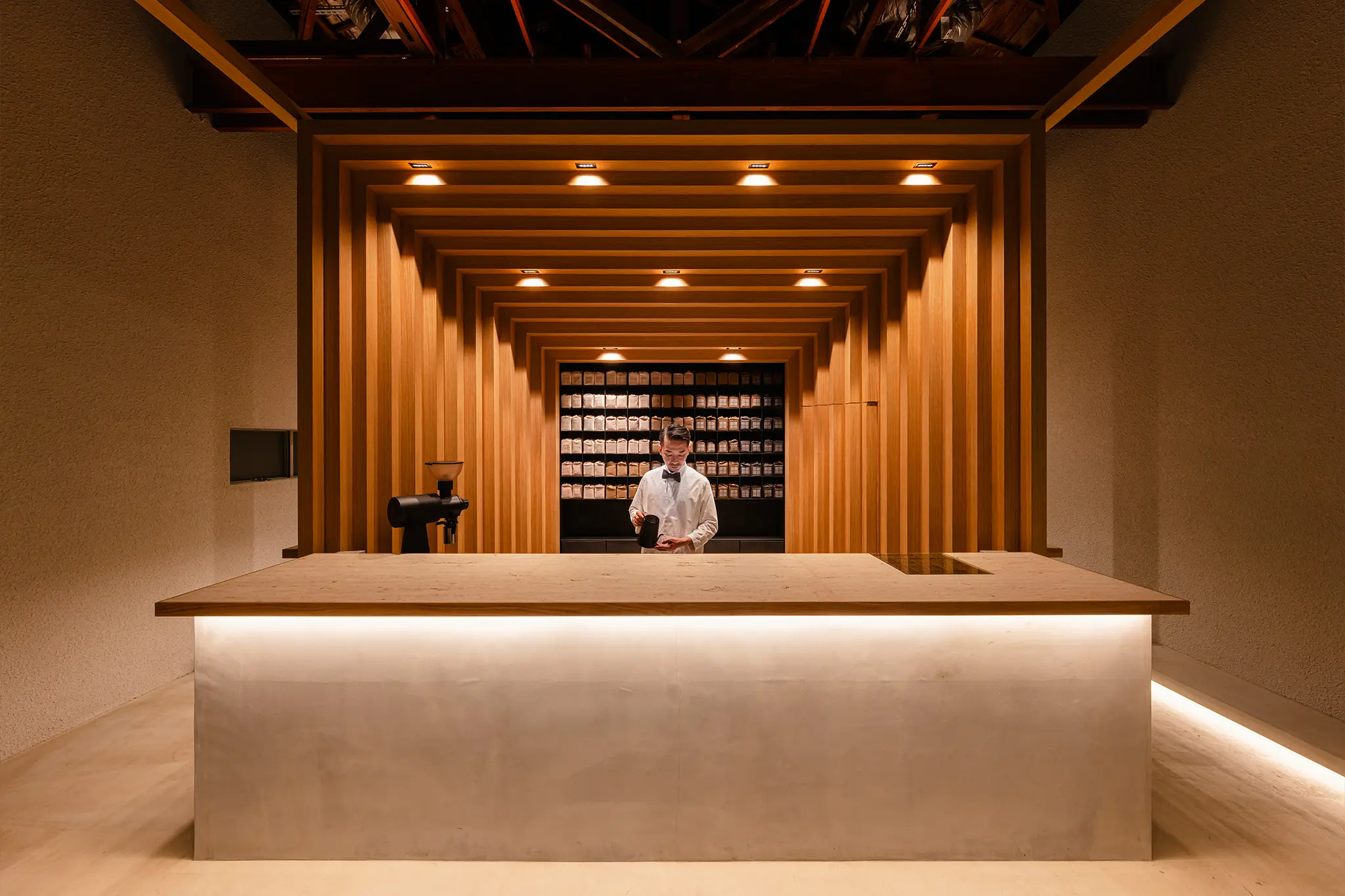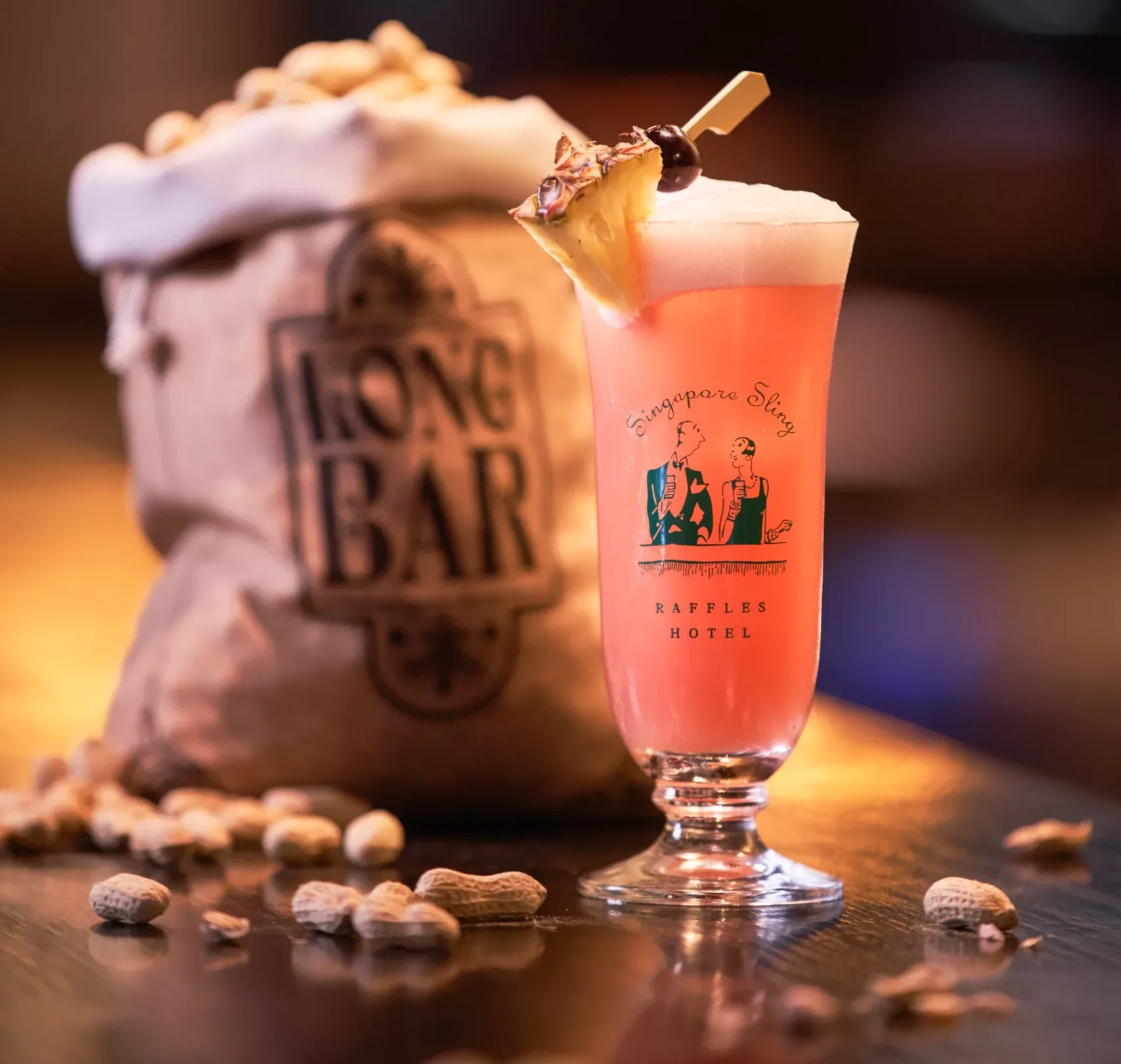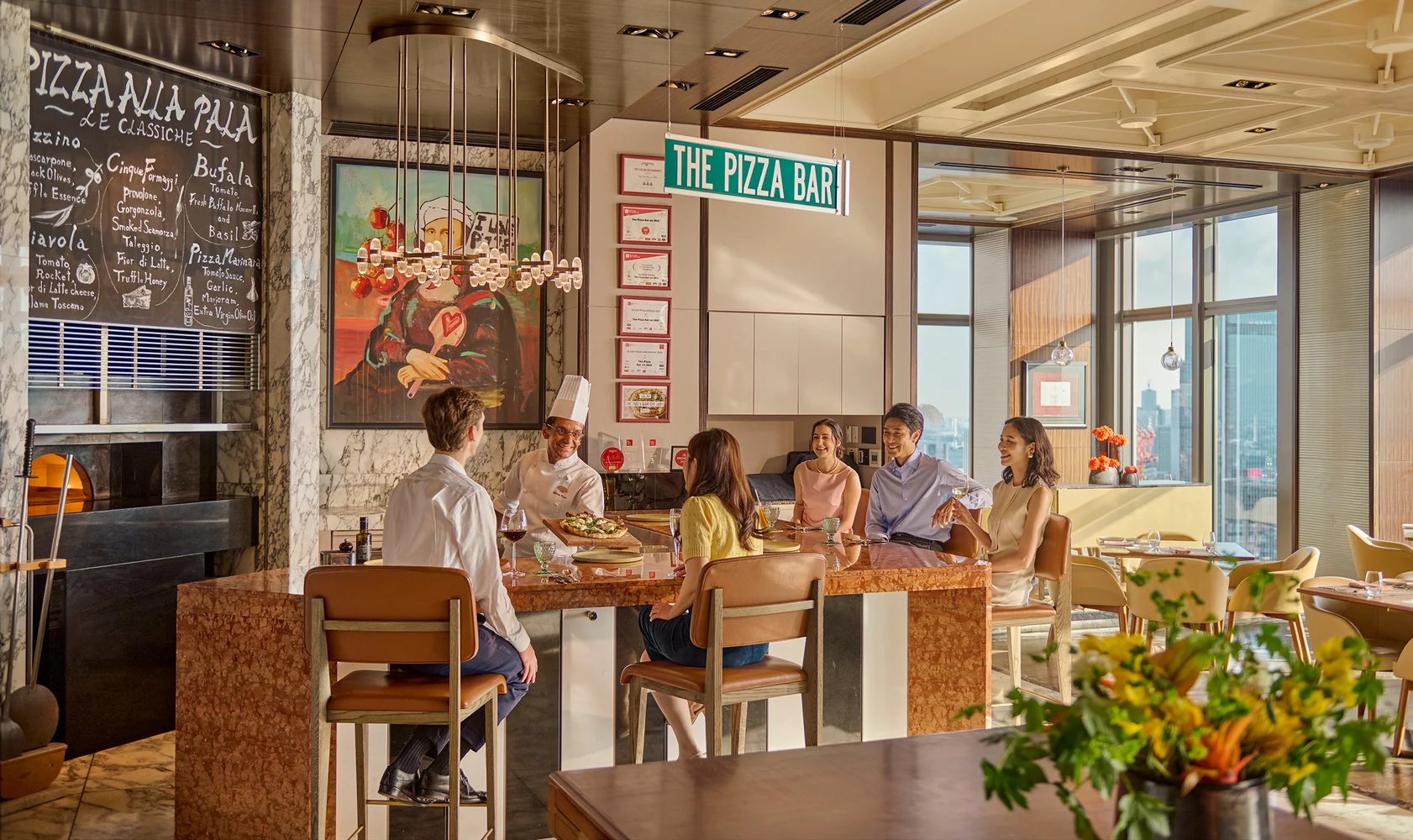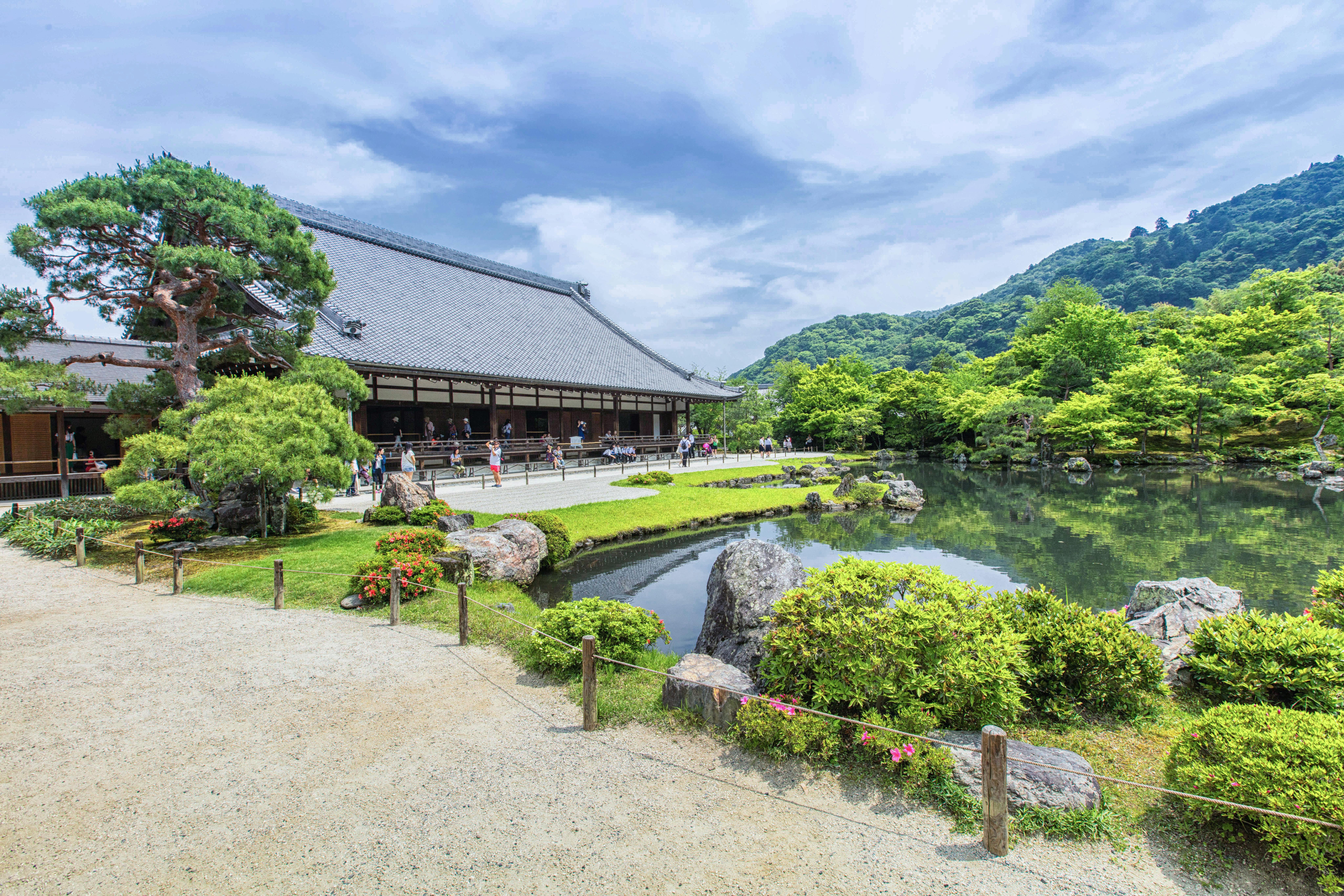Panache World explored Tokyo’s kind coffee heartland, and here are a few superb brewing spots.
Imagine wandering through hidden lanes in eastern Tokyo, where weathered timber warehouses once stored lumber, now re-imagined as fragrant coffee roastery-cafés. That is Kiyosumi-Shirakawa, a neighbourhood where history and aroma entwine in the most poetic way.
Long ago, during the Edo era, Kiyosumi served as an industrial hub for paper and wood. Large timber businesses lined its streets. By the late 20th century, those warehouses fell silent. But in the past decade, third-wave coffee pioneers turned those skeletal structures into airy cafes. They did it by harnessing high ceilings, rustic wood beams, and vintage charm to create a cozy space for specialty coffee lovers.
From timber to aroma: the neighborhood evolution
Step into Kiyosumi-Shirakawa today, and the scent of freshly roasted beans drifts along canal paths and quiet streets. Cafes like Allpress Espresso, Arise Coffee Roasters, Blue Bottle Coffee, Cream of the Crop, and others have transformed old sawmill-style buildings into vibrant roasteries with indoor vents billowing steam and scent.
You can almost feel the past in the wood-clad interiors, now alive with the hiss of roasters and the low hum of conversation. What was once industrial is now intimate yet airy. A coffee culture born from craft and context.
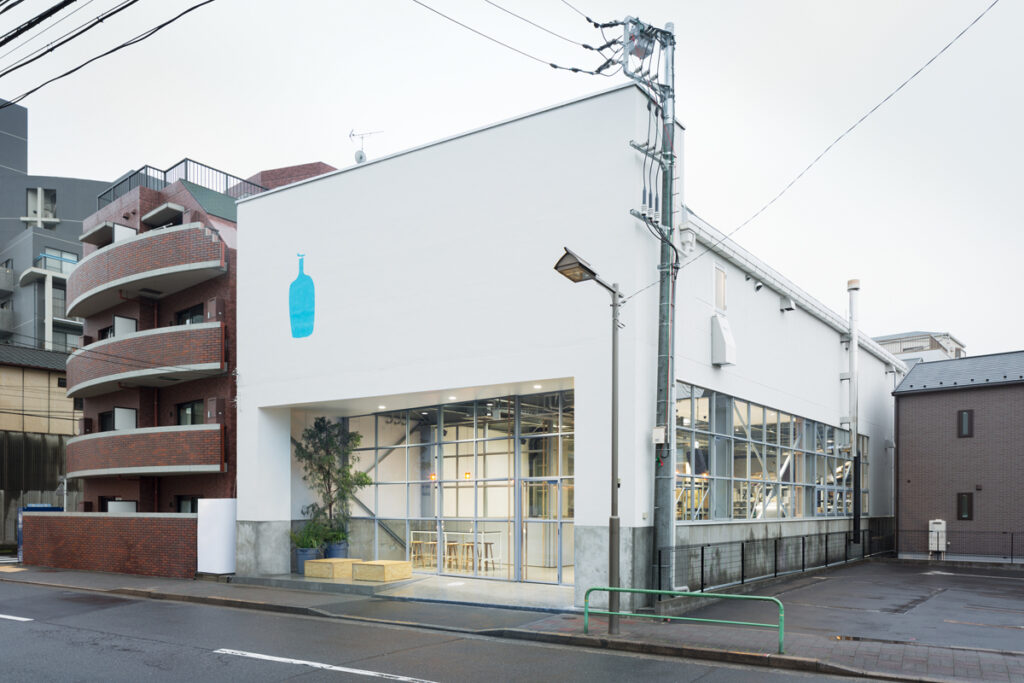
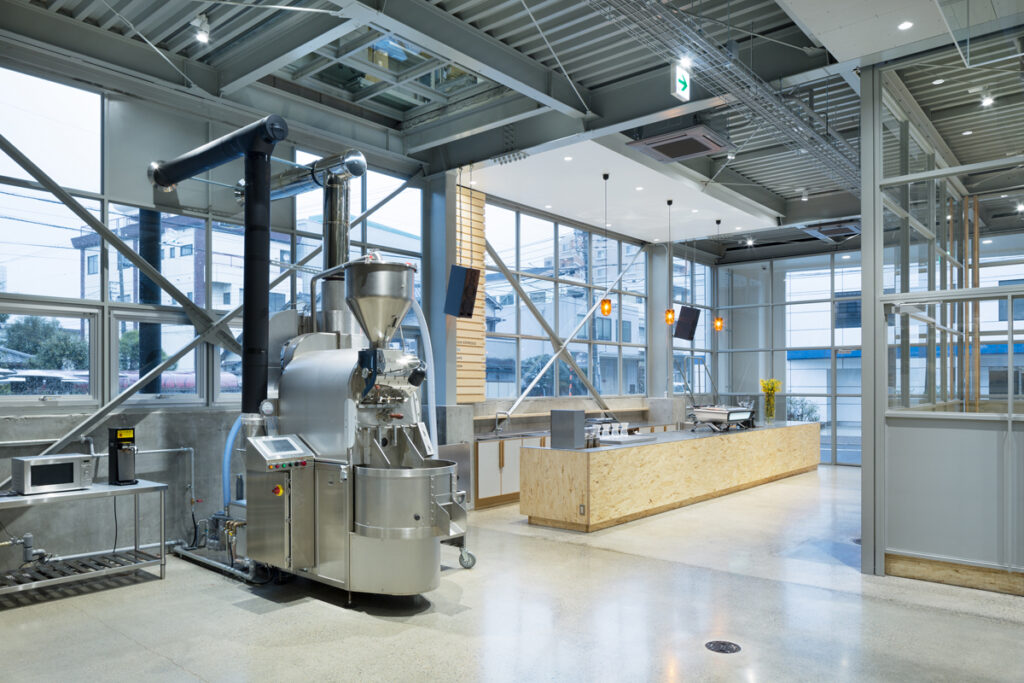
Cafes like Blue Bottle Coffee have transformed old sawmill-style buildings into vibrant roasteries.
A romantic stroll through caffeine and culture
On misty mornings, wander toward Kiyosumi Garden, a historical Meiji-era stroll garden with koi-filled ponds, stepping stones, and moss-covered stones that soften the city around it. Nearby cafe windows catch delicate light, and sipping a pour-over while gazing at pine branches framed in glass feels like stepping into a haiku.
The atmosphere here is unhurried, almost meditative: locals greeting baristas by name, visitors on weekend coffee walks pausing at multiple cafes, comparing subtle roast notes. When cafes recommend each other — Arise directing you to nearby Blue Bottle if you want a milk brew, for example — the scene feels complicit in its gentleness and community .
It’s a neighbourhood in quiet dialogue with its past and present, where aromas and architecture join to tell a story.
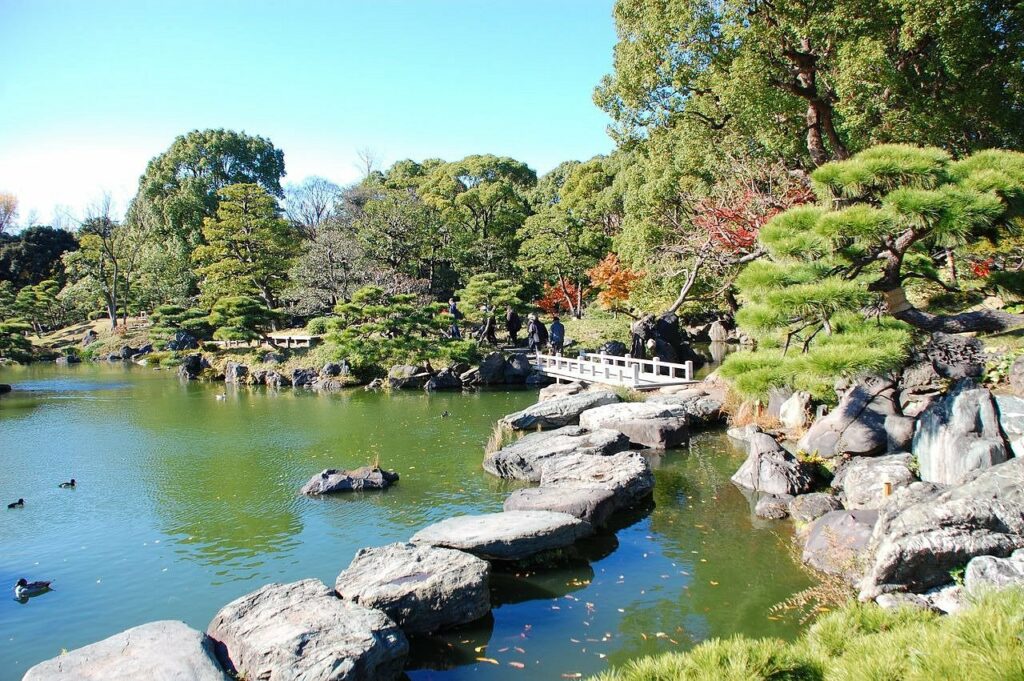
ponds and stepping stones.
Also read: Eating a temple-style vegan meal in Kyoto
Spotlight on specialist cafés and roasteries
- Allpress Espresso Tokyo Roastery & Cafe occupies a former warehouse with soaring ceilings and exposed timber. The hot-air roast fills the space with smooth aroma, while baked goods and espresso classics complete the experience.
- Arise Coffee Roasters is intimate, local, and deeply passionate about single-origin beans. With a modest interior and strong community feel, owner Hayashi roasts on-site. He often directs caffeine-seekers elsewhere if they specialize in drinks he doesn’t serve!
- Blue Bottle Coffee opened its flagship Japan café here in 2015. Its high-ceilinged, light-filled space retains industrial character and helped anchor the neighbourhood as Tokyos’ coffee town.
- Cream of the Crop Coffee started the wave here and still draws loyal fans for its hand-drip roasts and warehouse vibe.
The ultimate coffee journey: Koffee Mameya Kakeru’s omakase
Among all these, Koffee Mameya Kakeru stands apart. A former publishing warehouse converted into a sleek yet intimate space, it offers a five-course coffee omakase (which, in essence, means ‘I’ll leave it up to you’, referring to the customer trusting the chef, or in this case, the barista to present their specialties) that blurs the line between tasting menu and art performance.
Here, baristas dress like lab attendants and guide you through multiple brewing methods: cold brew, milk brew, espresso, filtered pour-over. Each type is paired with a small sweet (Koffee Kashi). You may try beans from micro-lots and rare origins. Your barista will explain each aroma and flavour dimension.
When we were at Koffee Mameya Experience recently, I relished a coffee-cheese pairing: a vinegar-curdled milk brew filtered into a mini cream puff. Sweet, fruity, and didn’t even really taste like coffee by the end!
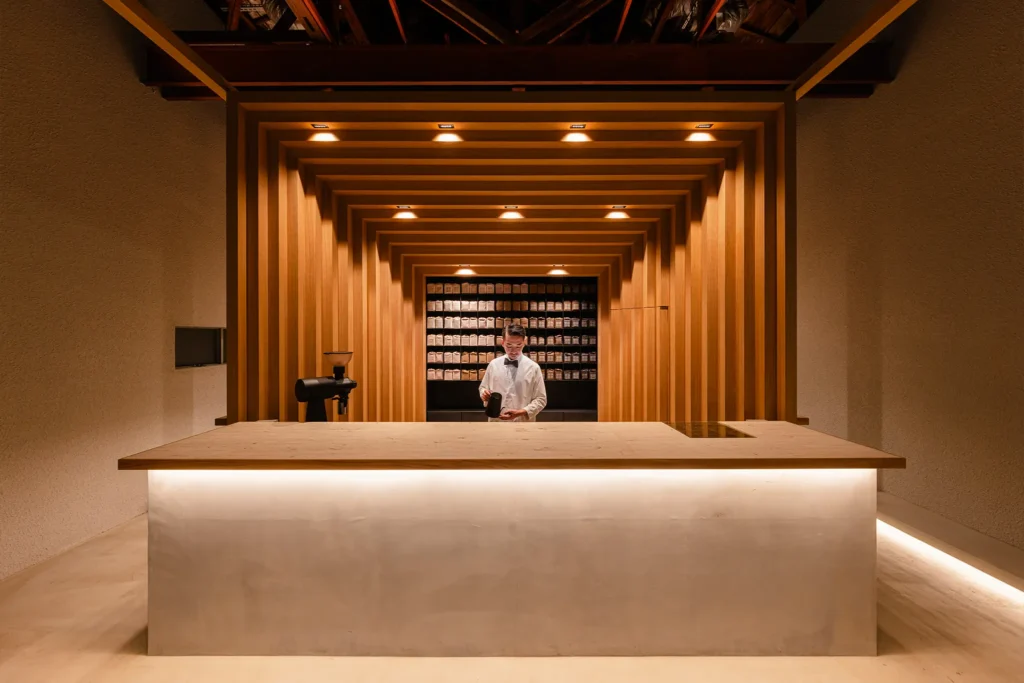
white-coat-clad baristas bring out various coffee flavours through sheer art!
An atmosphere that feels real
What unites these spaces is their respect for place and process. No pretension, just neatly crafted coffee served in serene or industrial-chic interiors. The old timber bones of Kiyosumi-Shirakawa give each café a soulful, lived-in quality. Together they create a trail of aromatic discovery. It’s like architecture, aroma, and quiet harmony blend into an elegant coffee journey.
Why Kiyosumi is Tokyo’s coffee romance
- History meets craft: timber warehouses transformed into sensory salons, honouring both architecture and aroma.
- Community spirit: cafes collaborate rather than compete, building a warm coffee ecosystem .
- Focus on quality: from single-origin purity to multi-method omakase, each cup is intentional and deliberate.
- Atmosphere above all: quiet streets, garden views, thoughtful minimal interiors — perfect for slowing down.

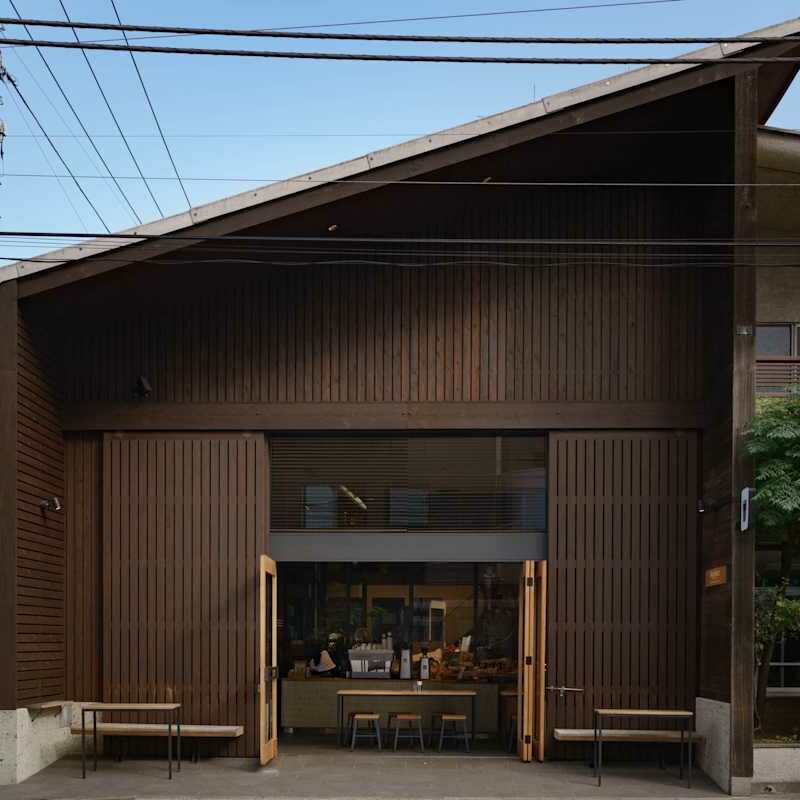
Cafes collaborate, building a kind coffee culture. Owner Hayashi of Arise Coffee Roasters often directs caffeine-seekers to other cafes. The brown-hued Allpress Espresso Tokyo Roastery & Cafe.
Kiyosumi-Shirakawa invites you not just to drink coffee but to join a narrative. One of industrial reinvention, of craftsmanship, and of calm. Every cup connects you to history, to barista artistry, and to quiet elegance hidden behind timber walls.
For those who see coffee not just as fuel, but as crafted pleasure, this neighbourhood is your destination. And for a true highlight, let Koffee Mameya Kakeru’s omakase guide you through five courses of liquid storytelling!
————————————————————————————————————————————————————————————————–
At Panache World, we believe the soul of a destination is often found away from the obvious. It’s in quiet neighbourhoods like Kiyosumi-Shirakawa, where stories unfold through scent, space, and craftsmanship.
Our handpicked recommendations go far beyond guidebooks — they reflect how we travel ourselves. With Panache World, every trip is layered with unexpected elegance and discovery, tailored for those who seek something quietly extraordinary.

